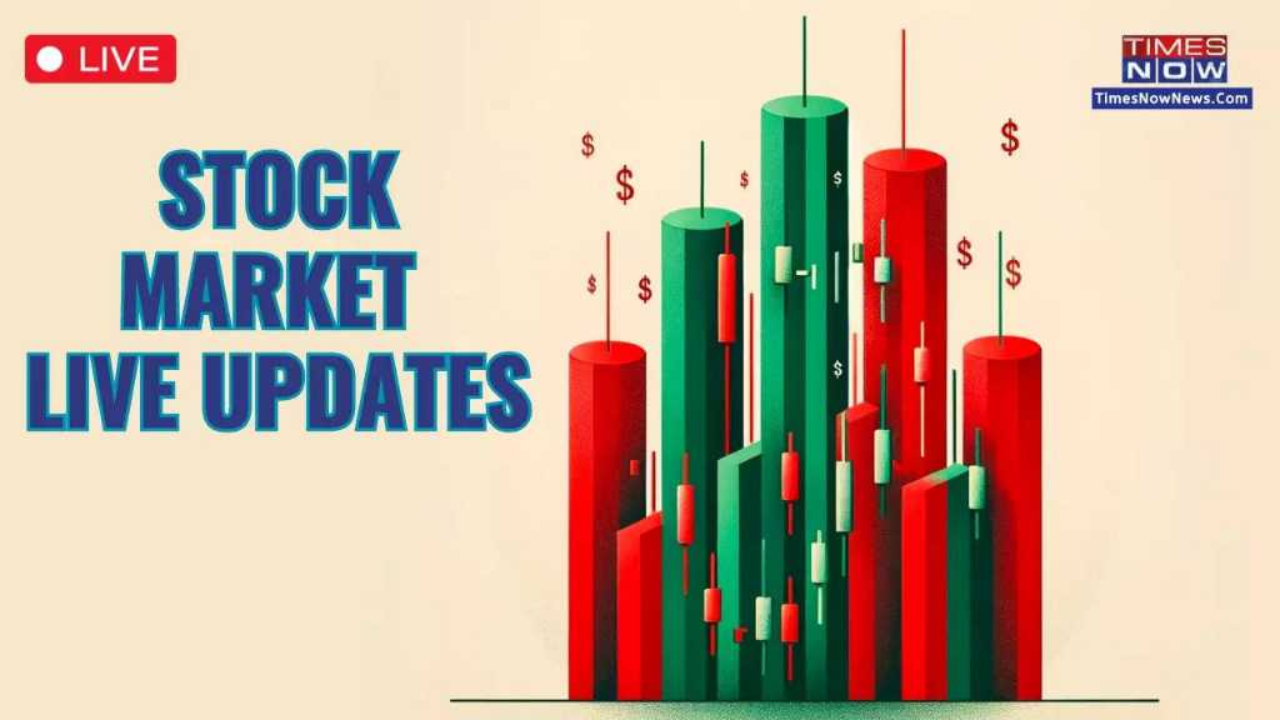
Gold and Silver Surge to ATH: What Investors Should Know About Precious Metals in 2024
Stock Market21/10/2024 Mr. Smith
Mr. Smith
Gold and silver prices continue to rise as investors increasingly turn to precious metals in response to global economic uncertainty. On Monday, gold futures (GC=F) soared by 0.8%, reaching a new high of $2,750 per ounce. Meanwhile, silver futures (SI=F) experienced a 3% surge, briefly surpassing $34 per ounce—its highest level in 12 years.
Gold's Role as a Safe-Haven Asset
The rise in precious metals has outpaced the broader markets. So far in 2024, gold has gained 26%, while silver has seen an even more impressive rise of 35%. In contrast, the S&P 500 has only increased by 19% during the same period. One major driver of gold's rise this year has been record gold purchases by central banks—a key factor in its appeal as a safe-haven asset.
According to BofA analysts, gold has now overtaken the euro to become the world's largest reserve asset after the US dollar. This shift reflects growing concerns about inflation, currency stability, and geopolitical risks, which have driven more investors to diversify their portfolios with gold and silver.
Physically backed gold exchange-traded funds (ETFs) have also seen inflows for three consecutive months, further supporting the upward momentum in gold prices. The World Gold Council recently highlighted the continued interest in these funds, as more investors seek exposure to precious metals.
Silver's Versatile Industrial Demand
While gold remains a popular hedge against inflation, silver is experiencing a surge driven by its versatile applications in various industries. On Friday, silver jumped more than 6%, and analysts at JPMorgan are forecasting an average price of $45 per ounce for the metal in the year ahead. This optimistic outlook stems from the belief that silver is currently undervalued compared to gold and that its demand spans multiple sectors, including electronics, solar panels, and automotive components.
Silver's potential remains strong, with analysts noting its critical role in emerging technologies, particularly in clean energy. The increasing demand for solar energy components, where silver plays a pivotal role, is expected to drive further price gains. However, the uncertainty surrounding global trade policies, especially if former President Donald Trump returns to office, could complicate the outlook for silver prices.
Investor Outlook for 2025
While the demand for both gold and silver continues to grow, investors should keep in mind that future price movements will depend on various factors. For example, geopolitical risks, global trade policies, and industrial demand could significantly influence silver prices, while central bank activity and inflation concerns will likely continue to impact gold.
Analysts at Blue Line Futures predict that gold could reach $2,850 by the end of 2024, driven by lower inflation expectations and a more dovish Federal Reserve stance. At the same time, silver is expected to rise, but its industrial demand will be crucial in determining how far it will go.
Despite the promising outlook for precious metals, it's essential for investors to remember that the market is volatile. While central banks and tech companies may continue to invest in gold and silver, broader economic factors will play a key role in shaping the future of these metals.
Key Companies and Investment Opportunities
For those interested in investing, several companies are benefiting from the growing interest in nuclear energy and the demand for precious metals. Companies like NuScale Power (SMR) and Uranium Energy (UEC) have been on a growth trajectory, particularly as uranium remains a critical resource for energy production.
Meanwhile, gold mining companies and silver producers such as Barrick Gold and Cameco (CCJ) continue to attract investors. The SPDR Gold Shares ETF (GLD) remains one of the most popular ways for retail investors to gain exposure to the gold market, while iShares Silver Trust (SLV) is a top choice for those interested in silver.
As we look ahead, both precious metals and companies involved in their production stand to benefit from continued demand, driven by economic uncertainties and industrial needs. The broader macroeconomic landscape, especially in relation to energy and technology sectors, will remain crucial to understanding the future direction of these assets.
For more information on related topics, consider exploring:






